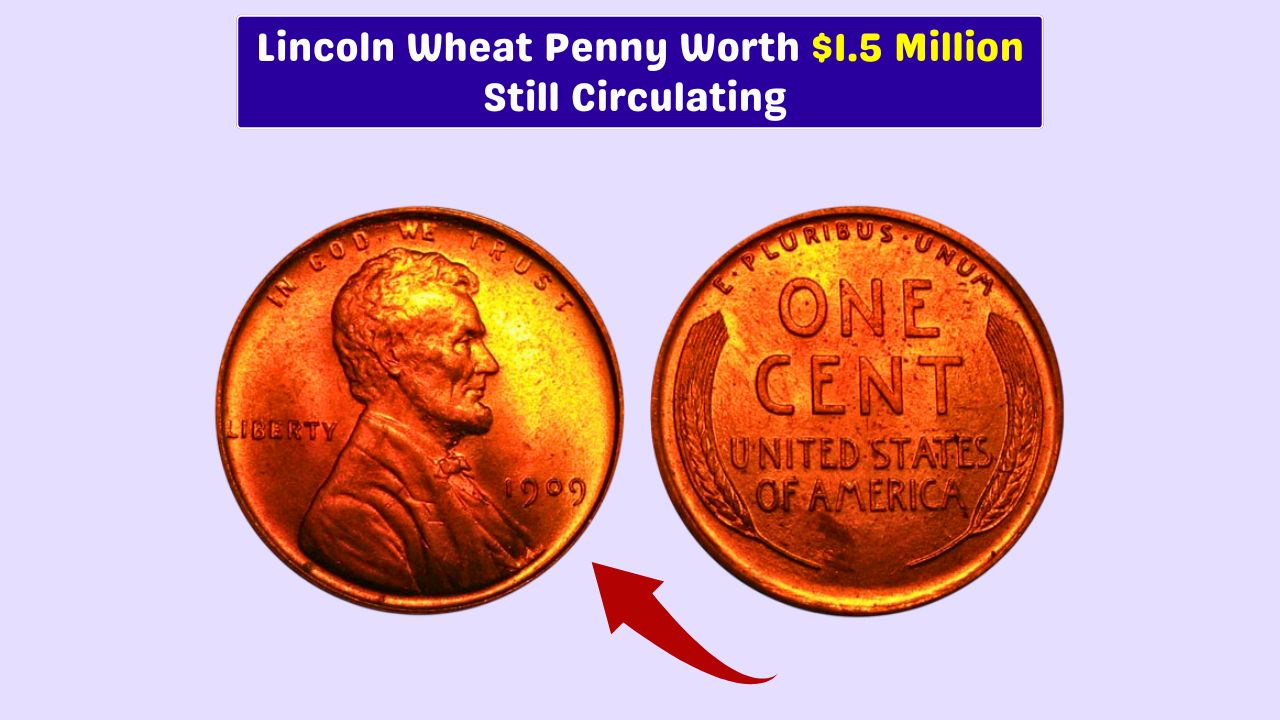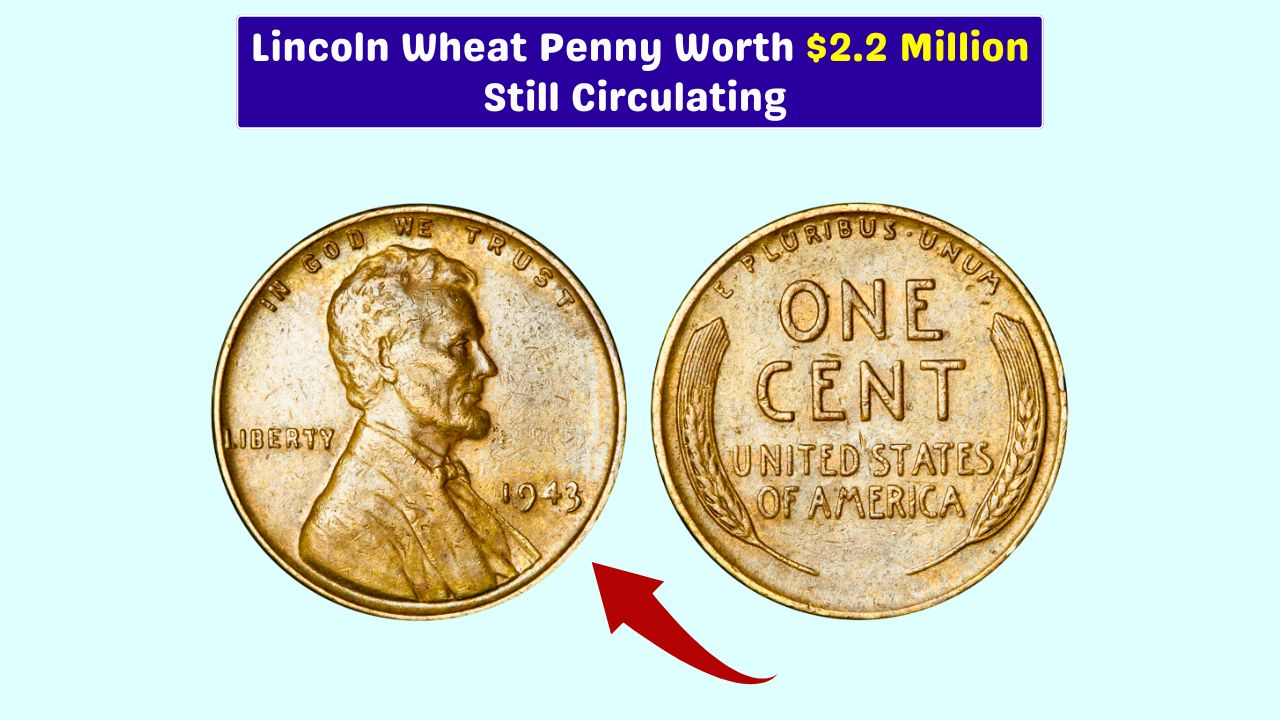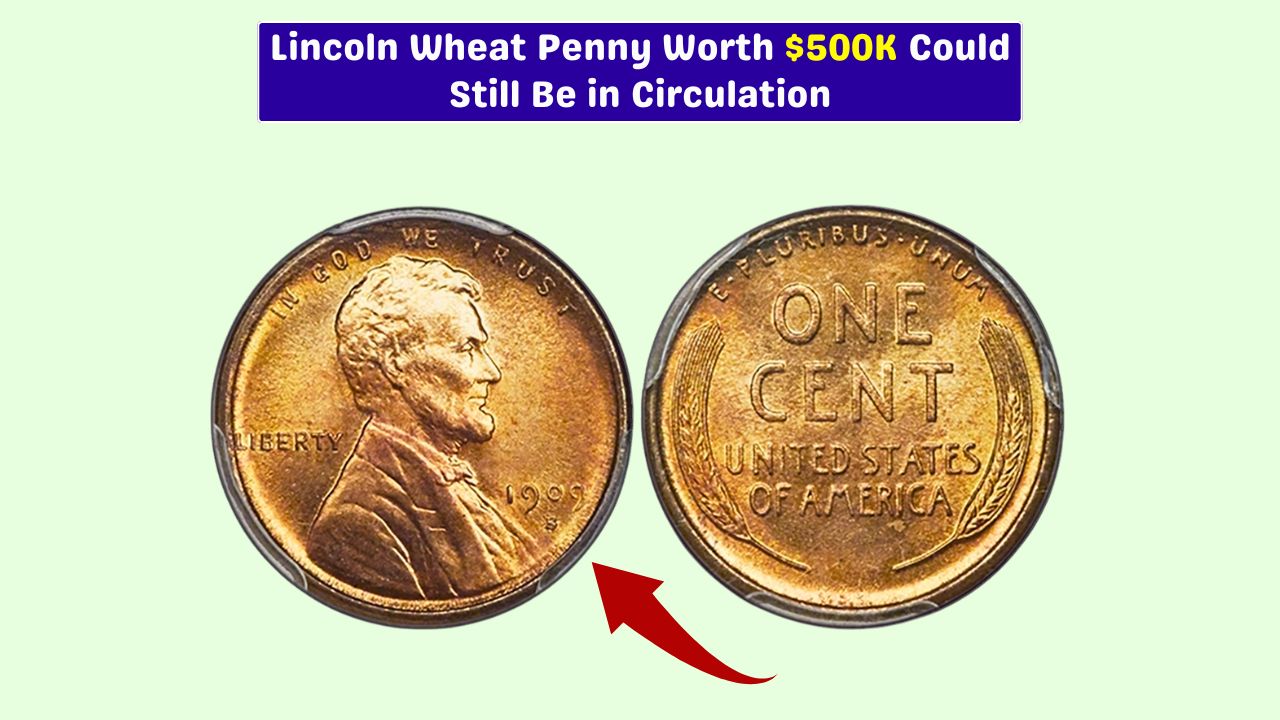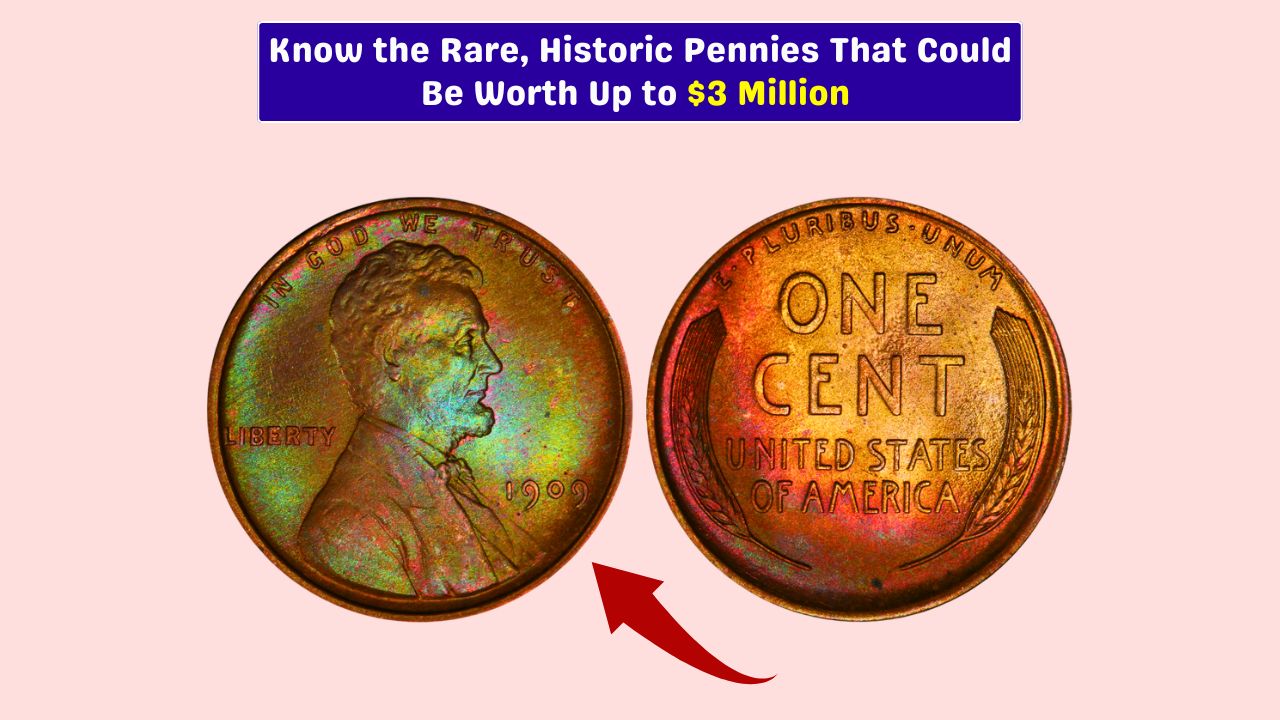Can a single penny make you a multimillionaire? You bet. As wild as it sounds, the right one-cent coin could still be out there — maybe buried in an old wallet, hiding in a jar of coins, or tucked away in a forgotten bank roll.
It’s not a myth. It’s the incredible story of the 1943 bronze Lincoln Wheat Penny — a coin that looks ordinary but could be worth an extraordinary $10 million.
Let’s unpack why this coin is so valuable, how to spot one, and where it might be hiding.
History
The Lincoln Wheat Penny hit circulation in 1909 and stayed there until 1958. It was the first U.S. coin to feature a real person — Abraham Lincoln — on the front, with two wheat stalks curving around the words “One Cent” on the back. Millions were made, and most are still out there today. But buried among those millions is a unicorn.
Most of these old coins are worth a bit more than face value, especially if they’re in good shape. But a few rare versions — mostly the result of minting slip-ups — have left collectors speechless. One 1943 bronze penny, in particular, has been appraised at a jaw-dropping $10 million.
Error
Back in 1943, copper was too valuable to use in coins — the war effort needed it for ammo and wiring. So the Mint switched to zinc-coated steel for pennies that year. These new coins had a silvery look and felt noticeably lighter in hand.
But a handful of bronze blanks — leftovers from 1942 — somehow slipped into the presses and got stamped with the 1943 design. That tiny oversight created one of the most valuable errors in coin history.
Less than 20 are believed to have survived, and their rarity, historical twist, and collector demand have made them practically priceless. One, in top-tier condition, is now said to be worth $10 million.
Value
That massive price tag isn’t just hype or auction drama — it’s legit. It’s the result of how rare the coin is, how well it’s been preserved, and how much collectors want it. Coin experts — numismatists — call this penny a once-in-a-lifetime find. With the WWII tie-in and a vanishingly small number still in existence, it’s no surprise it fetches sky-high bids.
Here’s what boosts the value:
| Feature | Why It Matters |
|---|---|
| 1943 date + bronze | Rare minting mistake |
| Copper-brown color | Tells you it’s not steel |
| Verified condition | Better grade = higher $ |
| Certified authenticity | Proves it’s the real deal |
Clues
Think you might have one? Here’s how to start checking.
First, look at the date. It has to read 1943. Then, take a peek at the color. Most 1943 pennies look silver — that’s steel. But a brownish or copper tone? That’s a reason to get curious.
Try a magnet next. Steel sticks. Bronze doesn’t. That alone rules out most fakes in seconds.
Weigh the coin if you’ve got a precise digital scale. Bronze should come in at around 3.11 grams. Steel weighs less — closer to 2.7 grams. That little difference could mean a life-changing payday.
If your coin ticks all the boxes, don’t rush to post it online. Get it graded by pros — PCGS or NGC are top-tier. They’ll verify it, grade the condition, and possibly hand you a small fortune.
Mystery
Here’s the kicker: some of these coins are still unaccounted for. They were probably spent without a second thought, passed down in change, or tucked into a family collection and forgotten. That’s why collectors are still looking — and why you should be too.
People dream of finding one. And it’s happened. It’s not just hype — it’s history, mixed with mystery.
This coin isn’t just valuable because of its metal — it’s what it represents: a wartime error turned accidental goldmine. Whether you’re a hardcore collector or just clearing out the junk drawer, take a moment. That copper-looking 1943 penny might not just be rare — it might be worth more than your house.
So next time you get a handful of change, don’t just drop it in the jar. Look closely. Because tucked in there could be a coin that rewrites your future.
FAQs
What year is the rare $10M penny?
It’s from 1943 and made of bronze, not steel.
Why is the 1943 bronze penny valuable?
It was a rare minting error during WWII.
How can I test if it’s bronze?
Use a magnet — steel sticks, bronze doesn’t.
What does the bronze penny weigh?
It weighs about 3.11 grams vs 2.7 for steel.
Is it still possible to find one?
Yes, some may still be in circulation or old collections.






